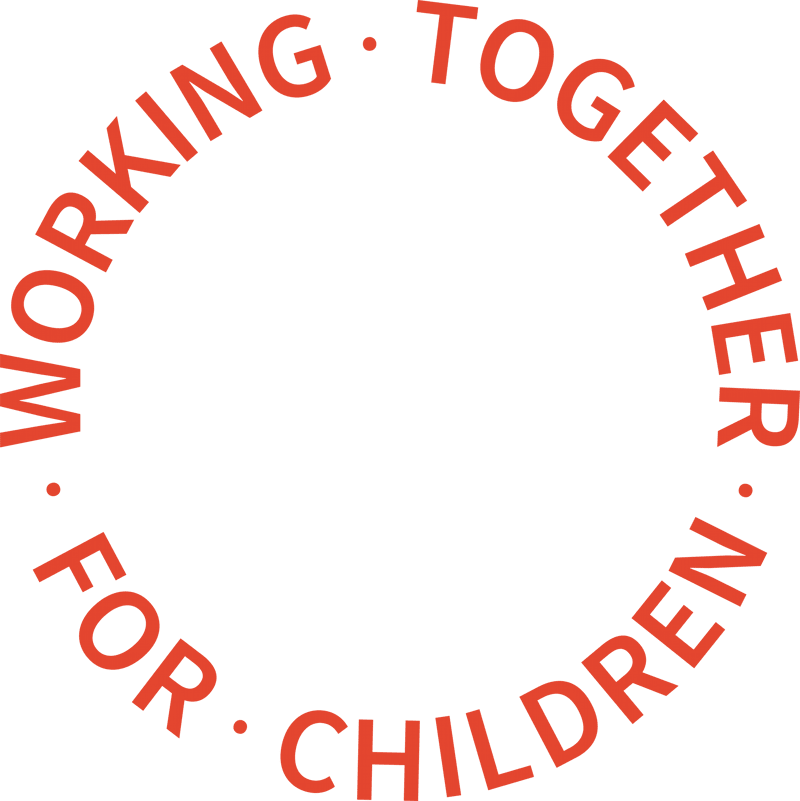Clare Jerrom looks at using Video Interactive Guidance when working with children and families.
Video Interactive Guidance (VIG) is a relatively new way of working with children and families which uses a strengths-based approach to improve communication and help parents to respond in an attuned way to their child.
Originating from the Netherlands, VIG was first brought to the UK in the mid-1990s by a small group of Educational Psychologists working in Tayside, Scotland.
The National Institute of Health and Care Excellence recommended using VIG in its guidance on children's attachment. But as yet, VIG is not routinely used although some local authorities such as Cornwall County Council have embraced the intervention.
VIG is typically delivered by social work, health and education professionals who have trained in the intervention to become a VIG Guider.
Focusing on the positive
Typically, the Guider will meet with a parent/carer and child and ascertain what help the family would like, for example, improving the child's behaviour, coping with the child's emotions or improving school attendance. The Guider asks the parent to rate themselves on a scale of one to 10 how the family is dealing with the issue currently and where on the scale they would like to be at the end of the process.
The parent and child then carry out an every day activity such as reading a book or playing a game and the interaction is filmed, usually for around 10 minutes.
The NICE guidelines on child attachment acknowledges that both professionals and carers are sometimes wary of using video feedback because of a fear about how the film may later be used.
The guidance suggests that to help address some of these concerns, the professional delivering a video feedback intervention could:
- Ensure that permission to film is granted by the head of service and that there is a service policy on video recordings.
- Ensure that carers are given a clear explanation of who could potentially view the video and under what circumstances, and that they provide written consent for themselves and their child to be filmed for the purpose of the intervention.
- Ensure that any staff booking appointments can talk confidently and competently to carers about the clinical use of video and confidentiality.
- Ensure all filming equipment and footage is stored in accordance with the Data Protection Act 1998.
Once the filming is complete, the VIG Trainer leaves and will edit the footage, focusing solely on any positive interactions between the parent and child. The VIG Guider will then meet with the parent and child, if appropriate, for a 'shared review' where the Guider will show the positive moments and ask the paret to describe what is happening, what they are seeing and feeling and the Guider and parent will then discuss how this positive interaction can be incorporated into every day life to improve communication.
Developing awareness
Families typically have three-four cycles (one cycle is filming and a shared review) although this varies on a case by case basis.
"The approach takes the view that change can be achieved more effectively in the context of a ‘coaching’ relationship than a didactic ‘teaching’ relationship, because it is collaborative rather than prescriptive, empowering rather than de-skilling. It conveys respect for strengths and potential, rather than drawing attention to problems or weaknesses," said the Association for Video Interaction Guidance UK.
"Throughout filming and review sessions, clients are supported to become more sensitive to children’s communicative attempts and to develop greater awareness of how they can respond in an attuned way. In the process of standing back and looking at themselves on screen, parents are able to analyse what they were doing when things were going ’better than usual’. In this way they are empowered to make an informed decision about how they would like to improve situations that are more problematic," it adds.
A meta-analysis of studies using video feedback concluded that parents become more skilled in their interactions with their children, and have a more positive perception of parenting which helps the overall development of their children (Fukkink 2008).
Children on the edge of care
In addition, NICE has endorsed its use in its guidance on children’s attachment: attachment in children and young people who are adopted from care, in care or at high risk of going into care.
The guidelines look at interventions for attachment difficulties in children and young people on the edge of care focusing on children and young people with attachment difficulties (or at risk of attachment difficulties) who currently live with their birth parents or original family and who are at high risk of entering or re‑entering the care system. It also covers children and young people who have been maltreated or are at high risk of being maltreated.
It states that regarding preschool-age children with, or at risk of, attachment difficulties, health and social care professionals should offer a video feedback programme to the parents of preschool‑age children on the edge of care to help them:
- improve how they nurture their child, including when the child is distressed
- improve their understanding of what their child's behaviour means
- respond positively to cues and expressions of the child's feelings
- behave in ways that are not frightening to the child
- improve mastery of their own feelings when nurturing the child.
Preventing problems escalating
It adds that if parents do not want to take part in a video feedback programme, professionals should offer parental sensitivity and behaviour training to help parents understand their child's behaviour, improve their responsiveness to their child's needs and manage difficult behaviour.
For interventions for attachment difficulties in children and young people in the care system, subject to special guardianship orders and adopted from care, health and social care professionals should offer a video feedback programme to foster carers, special guardians and adoptive parents, the NICE guidelines add.
"Video feedback is a relatively low cost intervention that can be used to help improve a carer's responsiveness to a child's emotional needs and to promote secure attachment," said the NICE guidelines.
"About 40% of placement moves occur following a breakdown of the relationship between child and carer. Insufficient emotional and practical support for carers and inadequate therapeutic support for children who have experienced abuse and neglect are major reasons for placement breakdown.
The use of video feedback programmes to improve parenting skills should help provide a more stable environment for the child, and may prevent problems from escalating to the point where a child needs to be taken into the care of the local authority," the guidelines conclude.
Are you looking to commission video interactive guidance assessments from WillisPalmer? Get in touch today to discuss your requirements.


